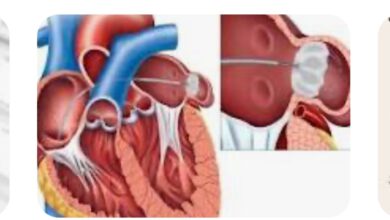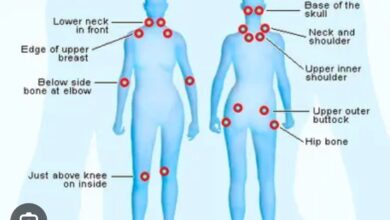ADDITIONAL GUIDELINES FOR CHOLESTEROL MANAGEMENT

If you are unfortunate enough to be on the maximum dose of a statin drug and still not have your Total Cholesterol or LDL-Cholesterol at the target level, PLUS you are also unfortunate enough to have arteriosclerotic cardiovascular disease (ASCVD), new guidelines from the American Association of Clinical Endocrinology (AACE) are intended for you.
This situation—combined uncontrolled cholesterol and ASCVD—is a “recipe” for serious problems ahead. The researchers involved in determining these guidelines know that lowering the LDL-C Cholesterol to a level of 70 mg/dl or less has shown benefit in preventing heart attacks and cardiovascular death. If you, the patient, haven’t been able to lower your LDL-C to that extent and you’re on maximum doses of a statin, then additional drug therapy is recommended.
The AACE guidelines thus recommend the use of the following drugs in addition to standard care for adults who have known ASCVD:
Praluent (alirocumab)
Repatha (evolocumab)
Nexletol (bempedoic acid)
The AACE strongly recommended against the use of niacin. That’s good. I never prescribed it because patients always had unpleasant side effects while taking it and would quit taking on their own.
These drugs WERE NOT RECOMMENDED for patients without ASCVD.
For adults with high triglyceride levels and ASCVD, the AACE recommended Vascepa (eicosapentaenoic acid).
They also advised against treating severe hypertriglyceridemia (>500 mg/dl).
Most patients respond favorably to diet, exercise, weight loss and a high potency statin drug. Using a statin with known efficacy at doses of moderate to severe intensity, will continue to have the desired benefit of primary (first event) and secondary (repeat event) prevention. These new drugs are different in their mechanism of action and should be prescribed with caution and close observation.
Reference: Larkin M. AACE Publishes Guidelines on Drug Management of Dyslipidemia Medscape Medical News 2025 February 13.




